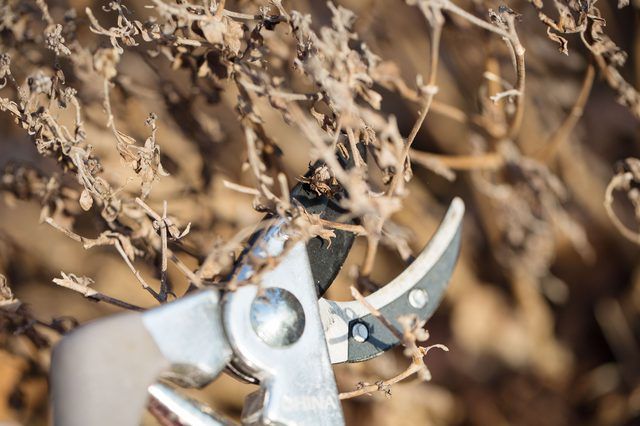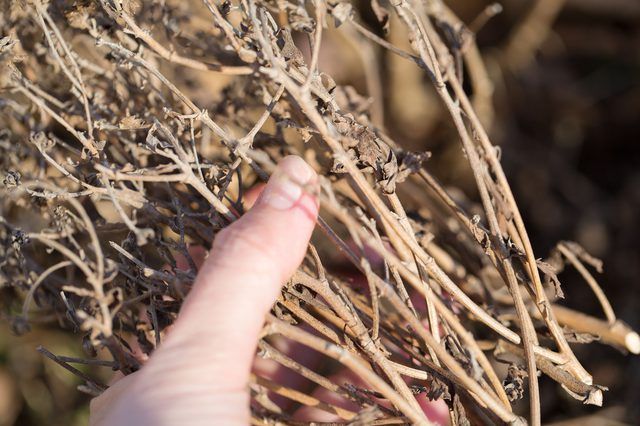Bulbs
Flower Basics
Flower Beds & Specialty Gardens
Flower Garden
Garden Furniture
Garden Gnomes
Garden Seeds
Garden Sheds
Garden Statues
Garden Tools & Supplies
Gardening Basics
Green & Organic
Groundcovers & Vines
Growing Annuals
Growing Basil
Growing Beans
Growing Berries
Growing Blueberries
Growing Cactus
Growing Corn
Growing Cotton
Growing Edibles
Growing Flowers
Growing Garlic
Growing Grapes
Growing Grass
Growing Herbs
Growing Jasmine
Growing Mint
Growing Mushrooms
Orchids
Growing Peanuts
Growing Perennials
Growing Plants
Growing Rosemary
Growing Roses
Growing Strawberries
Growing Sunflowers
Growing Thyme
Growing Tomatoes
Growing Tulips
Growing Vegetables
Herb Basics
Herb Garden
Indoor Growing
Landscaping Basics
Landscaping Patios
Landscaping Plants
Landscaping Shrubs
Landscaping Trees
Landscaping Walks & Pathways
Lawn Basics
Lawn Maintenance
Lawn Mowers
Lawn Ornaments
Lawn Planting
Lawn Tools
Outdoor Growing
Overall Landscape Planning
Pests, Weeds & Problems
Plant Basics
Rock Garden
Rose Garden
Shrubs
Soil
Specialty Gardens
Trees
Vegetable Garden
Yard Maintenance
How to Care for Black-Eyed Susan Perennials in Fall
How to Care for Black-Eyed Susan Perennials in Fall. Since Black-Eyed Susan perennials spend most of the fall blooming and thriving, not much fall care is necessary. These perennials are a wildflower that require little attention and can thrive in almost any conditions. To ensure that the Black-Eyed Susans are protected during the cold winter...
Since Black-Eyed Susan perennials spend most of the fall blooming and thriving, not much fall care is necessary. These perennials are a wildflower that require little attention and can thrive in almost any conditions. To ensure that the Black-Eyed Susans are protected during the cold winter months, covering them with mulch before the first frost is sufficient. Doing so will protect the roots of the perennial from being damaged by the cold.

Things You'll Need
Mulch
Gardening shears
Step 1
Cut back the stalks of the Black-Eyed Susan perennials in late fall, when the plant is dormant. Use gardening shears to cut the stem, but leave about 4 inches of the stem above the leaves so the plant is not harmed.

Step 2
Gather items to use for mulch, such as straw or dried leaves.

Step 3
Cover the Black-Eyed Susan perennials with mulch in late fall. This will protect the flowers during the cold months so they will be strong in the spring.
